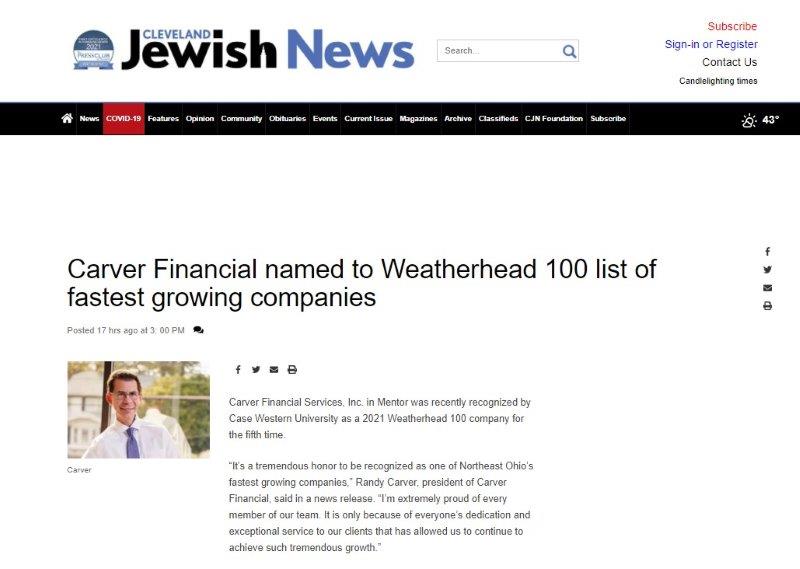
Technology can be a great help, but it can also pose a risk to our personal information and privacy. As technology evolves and becomes more sophisticated, so do the types of scams we get exposed to. It’s becoming increasingly hard to discern between legitimate communication and nefarious hackers trying to steal personal information and/or money.
Often, though, it’s not technology but social engineering that allows criminals to convince victims to provide their personal information. Social engineering is the use of deception to manipulate individuals into divulging confidential or personal information that may be used for fraudulent purposes.
It could be something as simple as receiving an email saying that some of your credit card information has been compromised and you need to contact the bank to verify your information immediately. Or you get an email or call that your grandkid is in jail and needs bail money as soon as possible. In some cases, the cybercriminals send you an email telling you good news — you just “won” the Publisher’s Clearing House Sweepstakes, and they need your bank account number to wire you the money. Or maybe you get a pop-up message that your computer has been compromised, and you need to reach out to ‘tech support’ immediately. These are all examples of cyber-scams to steal your information and money.
Attend Our Live Event on January 22, 2022
We are here to help you. On Saturday, January 22, 2022, we are hosting a live event to discuss how you can protect yourself. Our featured speaker is Jeff Lanza, a retired FBI Special Agent and cybersecurity expert. There is no charge to attend the event; however, reservations are required. Please contact our office at (440) 974-0808 or email carverfinancialservices@raymondjames.com to attend. This will also be recorded and on our website so you can still benefit from the information, even if you cannot attend live.
The Costly Toll of Cyber Scams and Fraud on Americans
Fraud and phishing are common problems facing people across the globe. According to a study conducted by the Centre for Counter Fraud Studies at the University of Portsmouth, people who are in the 65-to-74-year-old age range are 54 times more likely to be victims of fraud or computer scams than they are to be physically robbed.
Newly released data show that the Federal Trade Commission received more than 2.1 million fraud reports in 2020 alone. The same data found that imposter scams — when someone tricks you into sending money to them — were the most common types of fraud reported to the agency, with one in five individuals reportedly falling victim. Online shopping was the second-most common fraud category reported by consumers, elevated by a surge of reports in the early days of the COVID-19 pandemic. Internet services; prizes, sweepstakes, & lotteries; and telephone & mobile services rounded out the top five fraud categories. Consumers reported losing more than $3.3 billion to fraud in 2020, up from $1.8 billion in 2019.
Ways to Protect Yourself
To protect yourself from being taken advantage of, it’s good to learn about the different types of scams out there. Because so many of these scams are now occurring on the internet, it’s important to learn good “cyber-hygiene.” Here are some steps you can take to protect yourself:
- Protect your passwords.
- Avoid clicking links or opening email attachments from people or brands you don’t know.
- Double check to make sure links don’t have odd spellings. For example, you may get an email saying someone you know tagged you in a “Faceboook Photo,” only to see later “Facebook” was spelled with three o’s, and this was actually a phishing scandal. Poor grammar is often a clue that an email is a scam, too.
- Never provide personal information in response to an unsolicited email, robocall or robotext. In fact, it’s a good practice not to provide personal information digitally in general.
- Resist the pressure to act quickly. Scammers create a sense of urgency to produce fear and lure victims into immediate action.
- Trust your gut — if something seems a little off, then it probably is.
Consider signing up for an ID theft-protection service such as Identity Guard® or Life Lock™. With these protections, you will be notified if someone attempts to take out credit in your name or there are other potential compromises of your information.
Also consider “freezing” your credit with the major reporting agencies. To freeze your credit, which is different from locking your credit, contact each of the three major consumer credit bureaus — Equifax, Experian and TransUnion — and request a credit freeze. You can easily freeze your credit with Equifax on their website; their customer care number is 1-888-298-0045. To freeze your credit at Experian, you can visit their online Freeze Center or call 1-888-EXPERIAN (1-888-397-3742). TransUnion allows you to place a credit freeze online. You can also add a freeze via the automated phone system (or opt to speak to a live agent) by calling 1-888-909-8872.
Carver Financial Services Has Your Back
From technological safeguards to employee policies and operating procedures, we maintain constant vigilance where your privacy is concerned.
Carver Financial Services recognizes the trust you place in us when you disclose personal information. Maintaining that trust by ensuring that your information is secure is a core tenant of our business. We proudly work with Raymond James, who has a dedicated Privacy Office committed to the privacy and protection of the personal information you have entrusted to us.
Both Carver Financial and Raymond James take very proactive measures to protect you. From technological system monitoring 24 hours a day, 365 days a year to utilizing only the best protection technology including encryption, virtual private networks, penetration/vulnerability testing, and the latest firewall and antivirus technology.
The protection of your personal information is a top priority at Carver Financial Services. You can rest assured that your information is safe with our team of talented individuals. Ultimately, though, you must also be vigilant about protecting yourself against the potentially damaging social-engineering scams prevalent in the digital age.
Randy Carver, CRPC®, CDFA®, is the president and founder of Carver Financial Services, Inc., and is also a registered principal with Raymond James Financial Services, Inc. Randy has more than 32 years of experience in the financial services business. Carver Financial Services, Inc. was established in 1990 and is one of the largest independent financial services offices in the country, managing $2.3 billion in assets for clients globally, as of December 2021. Randy and his team work with individuals who are in financial transition as a result of divorce, retirement, or the sale of a business. You may reach Randy at randy.carver@raymondjames.com.
The information contained in this post does not purport to be a complete description of the securities, markets or developments referred to in this material. The information has been obtained from sources considered to be reliable, but we do not guarantee that the foregoing material is accurate or complete. Any information is not a complete summary or statement of all available data necessary for making an investment decision and does not constitute a recommendation. Any opinions are those of Randy Carver and not necessarily those of RJFS or Raymond James. Expressions of opinion are as of this date and are subject to change without notice.


















